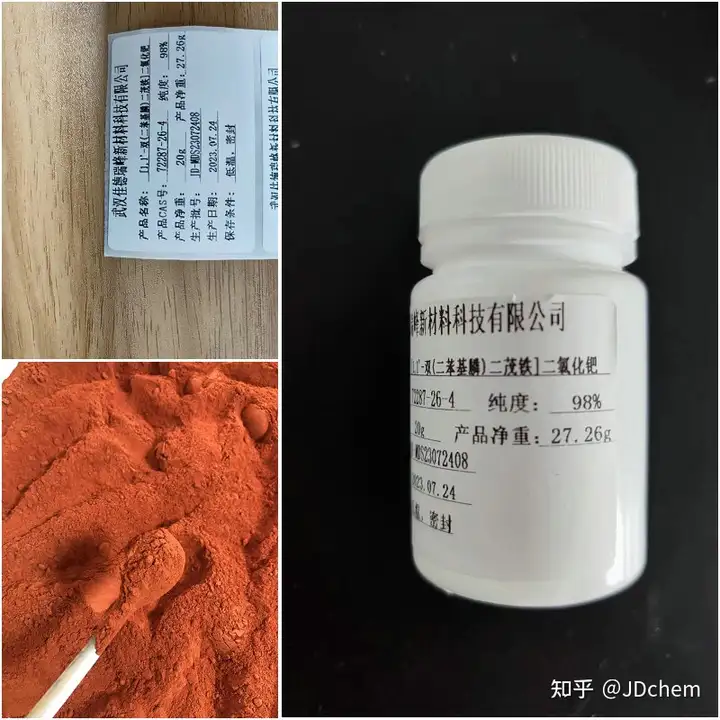The study of transition metal-mediated formation and cleavage of carbon-fluorine bonds (C-F) and fluoroalkyl bonds (C-Rf) is of great significance for the synthesis and transformation of fluorine-containing molecules. The special physicochemical properties of fluorine often lead to the corresponding transformations exhibiting properties that distinguish them from conventional hydrocarbon chemistry, and understanding these properties can help to develop new applications. It has been reported that the research work is highly dependent on the production and coupling of special groups R with strong conjugation effect or electron withdrawing induced effect, such as aryl group, allyl group, carboxylate group, etc. However, studies on the properties of saturated alkyl group substituted inactivated difluoromethylene palladium species are limited. The team of Gao Bing of Hunan University and Hu Jinbo of the Shanghai Institute of Organic Chemistry of the Chinese Academy of Sciences have recently made progress in this research field. The authors found that the corresponding palladium species was not reduced and eliminated to obtain RCF2Ar after conversion to aryl boronic acid, but was defluorinated and coupled with water to obtain ketone RCOAr.

Starting from difluoroolefins, the authors used an intramolecular cyclization strategy to construct the corresponding "RCF2PdAr" species. Subsequently, the series of motif reactions that may be involved were investigated one by one, and it was confirmed that the defluorinated hydrolysis occurred in a palladium-mediated catalytic cycle. Under the induction of water, "RCF2PdAr" undergoes fluorine elimination to form palladium-carbene complex intermediates. The subsequent transformation of the intermediate is affected by multiple factors such as ligands, solvents, aromatic hydrocarbon substrates, additives, etc., which can first occur Ar migration and insertion to obtain "RCFArPd" and continue to defluorinate and hydrolyze to the final product ketone, or intramolecular ring expansion can occur to finally obtain olefins. Based on the understanding of the mechanism, the authors further developed palladium-catalyzed multi-component reactions to achieve an orderly tandem reaction of difluoroolefins and norbornene, and finally prepared ketones under the combined action of water.

This work is the first to reveal the unique properties of the difluoromethylenepalladium coupling reaction caused by the substituent effect. In the absence of conjugation or strong electron-withdrawing induced effect substituent-assisted, difluoromethylenepalladium is susceptible to defluorination rather than direct coupling. The authors couple the defluorination and hydrolysis reactions to construct a catalytic cycle under mild conditions, which provides a new way for the synthesis of ketones that does not depend on CO gas carbonylation. Secondly, the reaction is based on the intramolecular cyclization strategy of difluoroolefins, which provides a new research idea for the subsequent functionalization of fluoroolefins.
Tel:+86-18271874579
Mobile:+86-18971104330
E-mail: sales@JDchem.com.cn
Whatsapp: +86-18271874579

